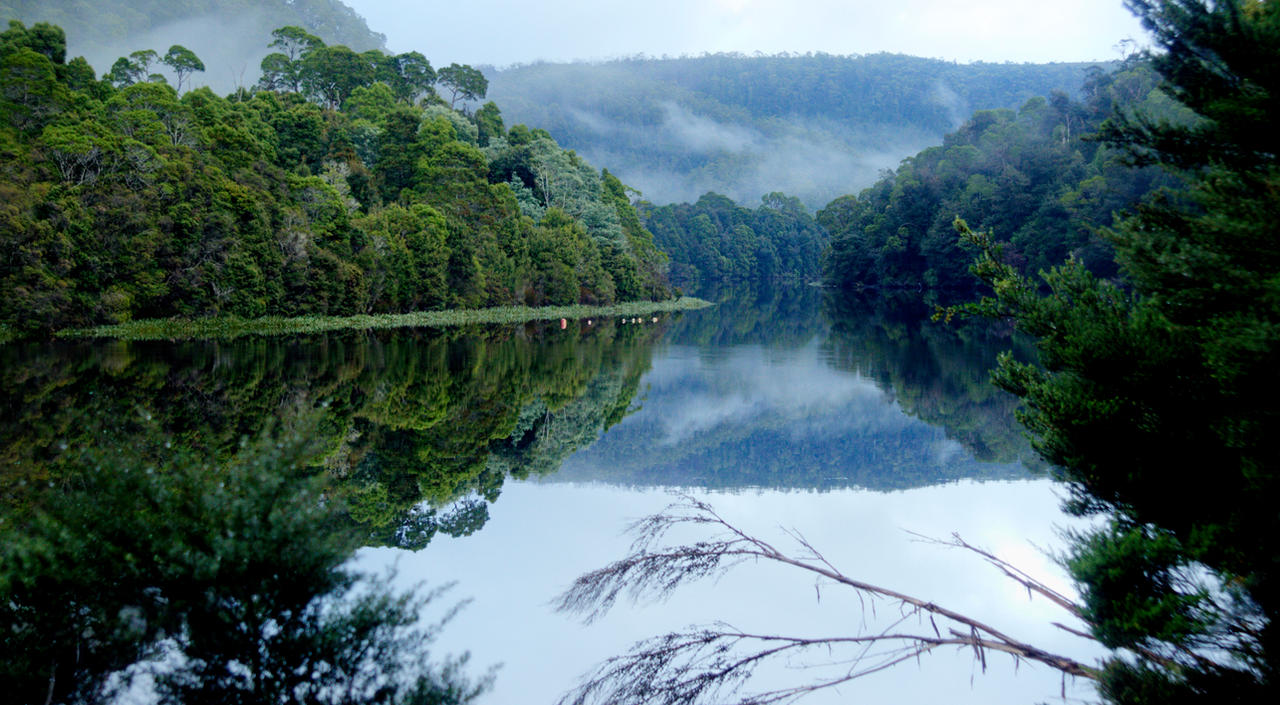So many of the antics around the Voice “yes” case are classic rent seeking. The more the whole argument proceeds, so the clarity of the rent seeking basis of the promoters’ “Yes” case become. I have hesitated to muse out loud, but there is still nothing substantive for those who are thinking about their vote to hold back on disclosing what this exercise has become.
I have read the news for the last week, and positive outcomes have occurred in one case specifically and in another generally without waiting for the Voice to happen.
 During this last week, the Barngarla Determination Aboriginal Corporation in South Australia has the Federal Court ruling in its favour in relation to a nuclear waste dump. The Federal Education Minister has opened the universities to essentially positive affirmation for Indigenous people. Then Michael Mansell, whose playbook is that of protest, comes out with a reasoned argument to call off the referendum all together and start negotiating a treaty. At no stage has there been any impediment because Aboriginal rights have not been incorporated into the Constitution, and with all respects, what happened this past week epitomises policy development.
During this last week, the Barngarla Determination Aboriginal Corporation in South Australia has the Federal Court ruling in its favour in relation to a nuclear waste dump. The Federal Education Minister has opened the universities to essentially positive affirmation for Indigenous people. Then Michael Mansell, whose playbook is that of protest, comes out with a reasoned argument to call off the referendum all together and start negotiating a treaty. At no stage has there been any impediment because Aboriginal rights have not been incorporated into the Constitution, and with all respects, what happened this past week epitomises policy development.
At the same time there is negative news. In the Northern Territory, as reported by the ABC, the Gove bauxite mine will close by 2030 and other major mines have either ceased or are set to finish up in Jabiru and Groote Eylandt. This will see millions of dollars in royalties evaporate from regional economies across the NT. As further reported by the ABC, author Richard Trudgen, who has been living and working with Yolŋu in north-east Arnhem Land for half a century, many people aren’t even aware the royalty payments are coming to an end.
The aboriginal landowners have received $700 million in royalties over 42 years from the Rio Tinto Gove operation. As reported by the ABC, “flash cars and grog” have consumed much of these royalties, plus the cost of bickering by the landowners over the rightful division of the royalties. Enter at this spot, the lawyers and the anthropologists, and they have, as expected, carved a proportion of the royalties away.
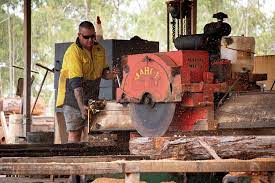 The money has provided investment in a sawmill, and the ABC reported that it had been productive; yet on the day the ABC reporters visited, there was only one worker on site, the rest were on the local version of “sorry business”. So, what’s new? To think that these Aboriginal mobs having had the chance to invest the royalties are talking about going back on welfare mocks the very essence of the “Yes” case.
The money has provided investment in a sawmill, and the ABC reported that it had been productive; yet on the day the ABC reporters visited, there was only one worker on site, the rest were on the local version of “sorry business”. So, what’s new? To think that these Aboriginal mobs having had the chance to invest the royalties are talking about going back on welfare mocks the very essence of the “Yes” case.
The problem is to define any objective except that of a few well-placed Aboriginals having a go at bluffing the Australian people into this rent seeking exercise, which is essentially a sophisticated form of “sit-down” money. The arguments on both sides are as crude and as ill-thought through as one another.
The “No” vote is being hijacked by the community racist element, which lies very close to the surface of Australian society. Given the flimsiness of the “Yes” case as presented to date, this has allowed the racist element to gain far more currency than it should have had. The “Yes” case should have been framed to support constructive evolution and admit the failure of the current funding model.
Unfortunately, the “Yes” campaign is bereft; it could have been built on what has been accomplished, given the amount of funding being sunk into Aboriginal affairs. Having seen waste, having seen success in Aboriginal policy, I would have recommended that the Voice should have recognised what works and used the Voice as a logical progression instead of the attempt to exacerbate guilt among whitefellas, most of whom with all due respect have never spent time with Aboriginals, and are in a quandary because much of Aboriginal policy has been confusing, if not frankly incoherent.
Still, no way can I align myself to the racists overtones of the “No” case.
Death of the Boondoggle?
The value to Sydney after the Games has been minuscular – loaded with unusable infrastructure – stadia that are dismantled or provide a haven for weeds. Cycle paths through a wasteland are not a big deal. Such disasters writ large in both Athens and Brazil. All the while the IOC provides the world with specimens such as John Coates, immersed in formalin jars of the past.
By 2032, an Australia Olympics may find itself drowned by a Viral debt, rising seas and irrelevance, through a lack of sponsors and tourist attractions dying from global warming. I believe this is not too much a dystopian view given what’s happening, looking around the world and seeing the ecological disaster being played out well beyond the horizons of this current euphoria. – Modest Expectations, 30 July 2021
It’s a comprehensive let down for the athletes, the excited host communities, First Nations Australians who were at the heart of the Games, and the millions of fans that would have embraced a sixth home Games in Australia.”
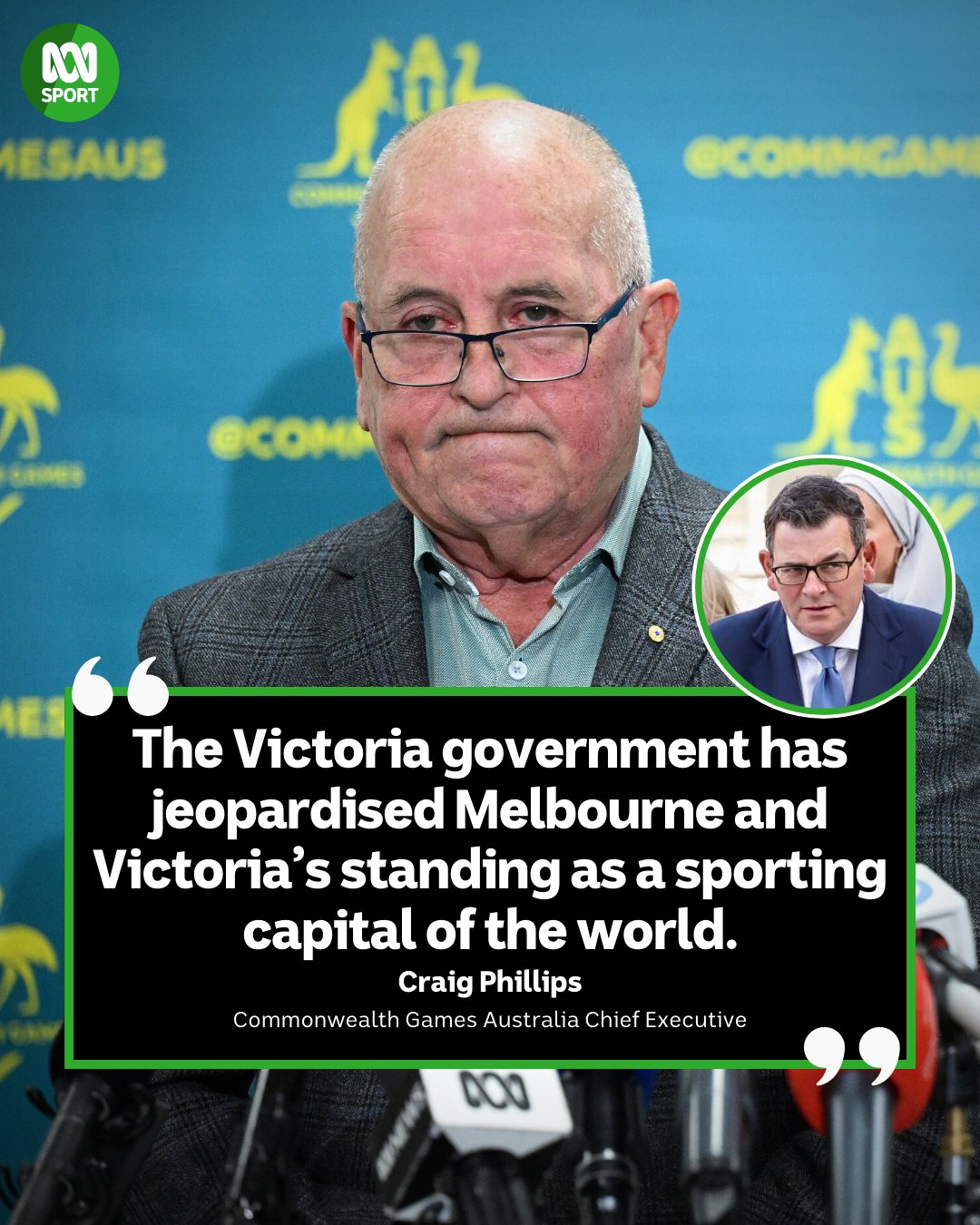 “The multi-city model for delivering Victoria 2026 was an approach proposed by the Victorian Government, in accordance with strategic roadmap of the Commonwealth Games Federation (CGF) … beyond this, the Victorian Government wilfully ignored recommendations to move events to purpose-built stadia in Melbourne and in fact remained wedded to proceeding with expensive temporary venues in regional Victoria.”
“The multi-city model for delivering Victoria 2026 was an approach proposed by the Victorian Government, in accordance with strategic roadmap of the Commonwealth Games Federation (CGF) … beyond this, the Victorian Government wilfully ignored recommendations to move events to purpose-built stadia in Melbourne and in fact remained wedded to proceeding with expensive temporary venues in regional Victoria.”
Craig Phillips AM, Commonwealth Games Australia Chief Executive Officer – 18 July 2023
Australia is fast becoming the dumping ground for unwanted sporting events. I identified the Brisbane Olympic Games as a potential boondoggle about two years ago but missed writing about the extravagant Andrews’ offer to fund the 2026 Commonwealth Games and in the proposed involvement of regional centres that were being showered with kudos for being – Drum roll – “inclusive”. Then it was all about Andrews getting votes in the Victorian regional areas to win the then forthcoming election, and indeed crush the hapless coalition.
Jeroen Weimar is a very smart man, and Premier Andrews fortuitously put him in charge of the Commonwealth Games Organising Committee. He would have done the sums, because one of his briefs would have been to predict the real cost and the real benefits. Then, enter the inevitable consultants and the rubbery cost accounting which these firms have allegedly used. They would have constructed a number of scenarios, and they all came up with a brick wall of massive debt. Andrews could then be criticised as being a “mug lair”, a show pony who on occasions has had to be rescued without representational scars, this time by Dr Weimar with one or other of his collections of metaphorical lifebuoys.
Nevertheless, the figure of $7 billion is about as fanciful as the other figures; it was a big enough “alternative fact” – allegedly – as all the other figures are, but enough for Premier Andrews to unequivocally justify the cancellation. If the figure had been, say $4 billion, then there would have been the quibbler brigade, but $7 billion slammed the door shut. Not that it has any effect on my agreement with the decision to cancel. But to reassure the public, with a straight face, I would suggest all the cost accounting for this Games be released with accompanying assumptions.
On the other hand, Phillips AM is very much part of the Coates Hoodwink. He contradicts himself; and forgets that nobody wanted the Games after Durban was stripped from holding them, because it could not afford the extravagance. He conveniently forgets the proposed 2030 games, which are to celebrate 100 years since the first British Empire Games were held in the Canadian city of Hamilton. Hamilton has indicated that it does not want to hold the 2030 Games – nor does any other Canadian city.
We have come a long way from Premier Fahey jumping around like a dervish when Sydney was awarded the Olympic Games in 1994. Coates seems to have sniffed the winds of change in relation to the Commonwealth Games, because his reaction was that of dancing the Edging Away.
It is inevitable for someone to disclose the lack of policy raiment these jingoista in pursuit of fool’s gold have. During the games, the media obsesses with the progressive medal tally – have we more gold medals than England? Has Australia won more gold medals than anybody else? Really, who cares when we wake up next morning, except the individual with the medal. The crowds are gone and facilities built for a two-week event lie empty.
Percy Bysshe Shelley put it perfectly:
My Name is Ozymandias, King of Kings; Look on my Works, ye Mighty, and despair! Nothing beside remains. Round the decay Of that colossal Wreck, boundless and bare The lone and level sands stretch far away.”
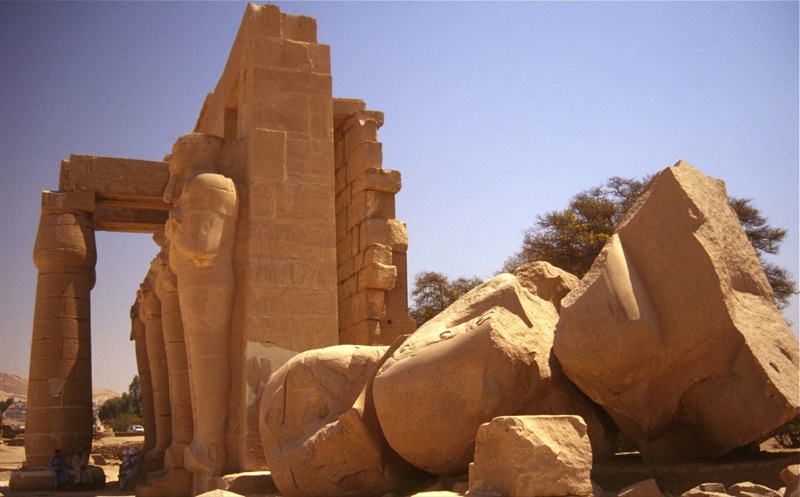
Time for the Commonwealth Games Federation to face the inevitable. The Boondoggle has burst.
What about the Olympic Games?
My original comments were directed towards the 2032 Games, which nobody wanted. As the time draws closer, the value of the commitment will become clearer. In the meantime, the 2030 Winter Olympics need to be sorted. Ostensibly there seem to be four applicants – Sweden (venue not yet revealed), Sapporo in Japan, Utah (presumably Salt Lake City, where the 2002 games were held and were the biggest to date) and a late entry from France.
The latest information this month: Utah taxpayers have spent nearly $92 million on the state’s Olympic facilities in recent years, a total that could exceed $140 million as they’re readied for another Winter Games as well as for continued community and athlete use.
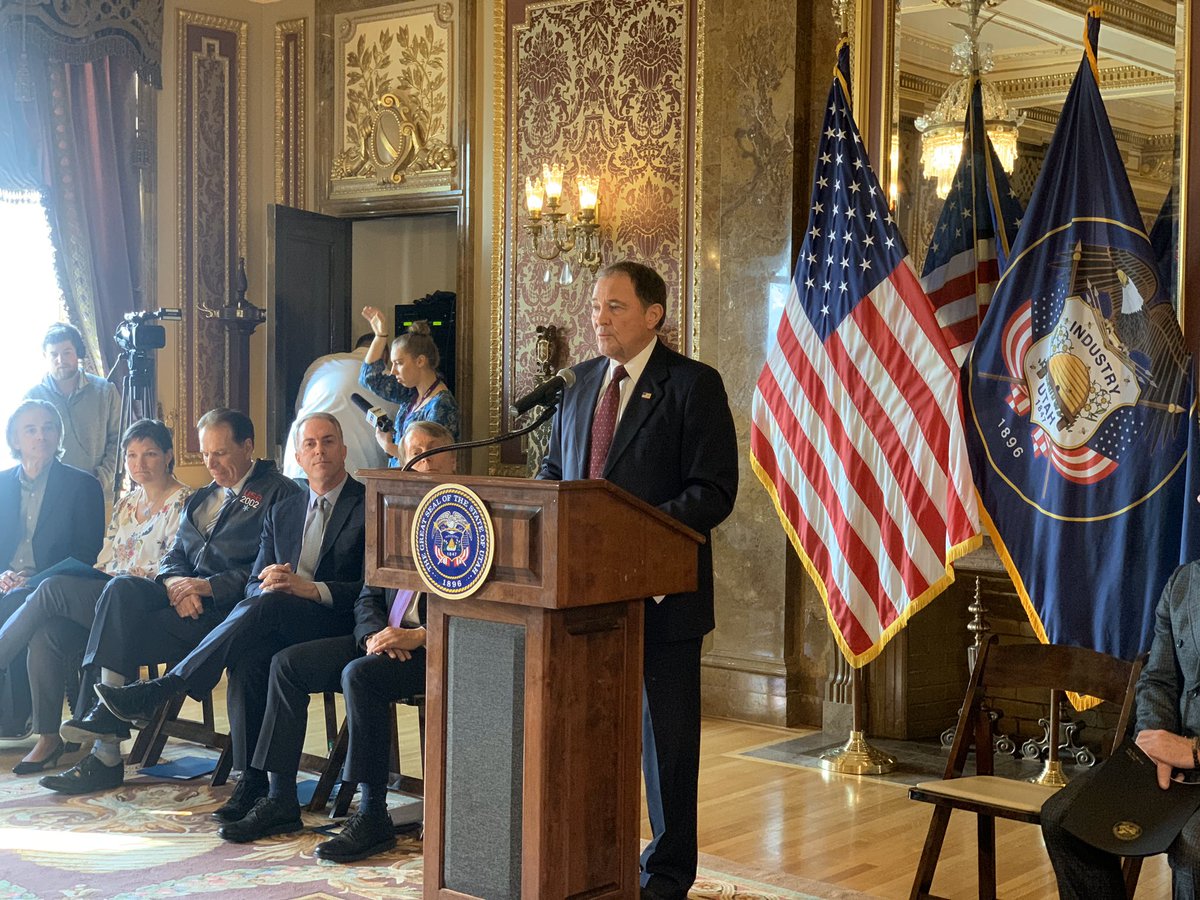
Salt Lake is thus the only unequivocal bidder, but would prefer 2034, so as not to overlap Los Angeles’ bid to raise the required funding for its Olympic Games. Sapporo seems to blow hot and cold, because of scandals surrounding the Tokyo games; plus, the Sapporo residents have not been particularly keen.
Sweden is in a similar situation of the Swedes blowing hot and cold, but at this stage of the cycle they are apparently positive. France has indicated an interest – late but the IOC obviously welcoming the fact that two Alpine districts are interested. Vancouver pulled out because of financial considerations. So, to say the situation is fluid at the present is to ignore the possibility that everything will be washed away. And, of course, will there be enough snow anyway?
It should be remembered that the 2024 and 2028 Olympic Games were awarded in 2017, and the World has changed mightily since then. The Paris Games are scheduled to start on 26 July next year. Will Europe be as hot then as it is now?
Discovering Fire on the West Coast
I have spent a great deal of time in Broken Hill and it was a privilege to work there as I have said many times, especially when I had a bloke like Clyde Thompson working alongside of me. Clyde is a guy so different from me that once we knew how to communicate, he became one of my most admired persons to cross my path.
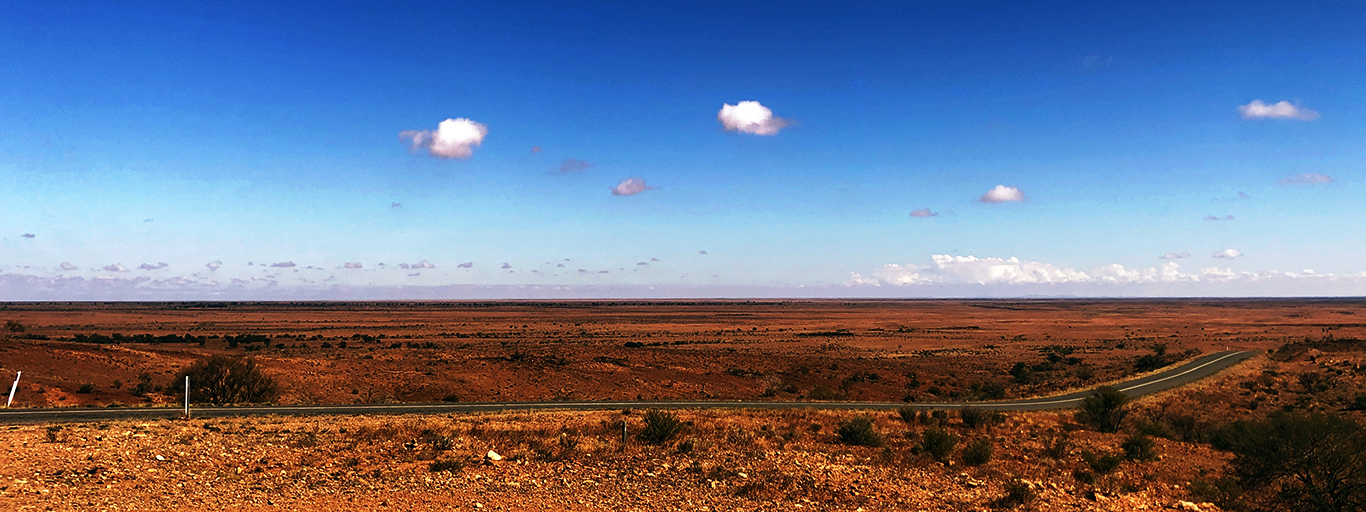
Just down the road is the settlement of Silverton, where life had centred around the pub. If I drove out further to the end of the macadam, below were the Mundi Mundi Plains stretching out West as far as the eye could see, a beautiful place to watch the sunset while drinking a flute of champagne.
Silverton has been the site of many Australian films, and the road out to the Mundi Mundi plains was where the early Mad Max films were made.
I have referred to the time my son was bumped off the then Eastern Airlines flight from Mildura to Broken Hill, by a film team shooting a Coke advertisement on the Plains.
It was the time when the desert loomed large in Australian films if, in that other scenario, stunt riders were in cars and not galloping horses at breakneck speed across the Alpine landscape.
So, when we saw the trailer for the new Marta Dusseldorp TV drama, Bay of Fires, we immediately recognised it as Zeehan, just down the road from Strahan.
The actual Bay of Fires is on the east coast of Tasmania, whereas Zeehan is not, which is mildly confusing.
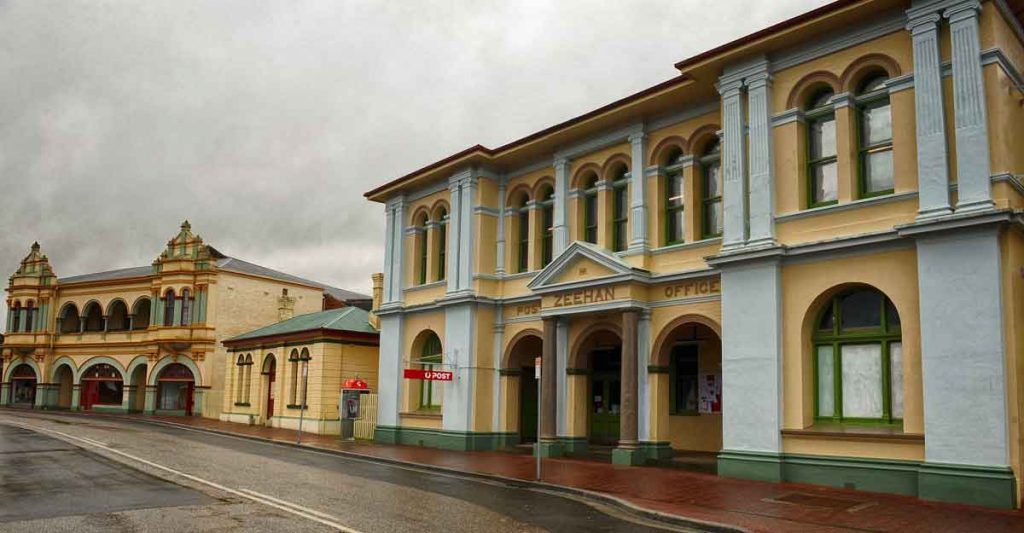
Zeehan is an old West Coast mining town, and it had been not only wealthy once but also at that time the third biggest settlement in Tasmania after Hobart and Launceston. It was also known as Silverton and, lying as it does on the one of most mineralised areas on the Planet, was rich in ore. Both silver and gold were originally mined, but now just outside Zeehan there’s a nickel mine and in the area considerable zinc mining. It’s difficult to assess how much, but what we do know is that Australia has the largest deposits of this element, and is the third largest exporter. Then, to the north, there are the tin mines which extend around Rosebery, and then Queenstown down south, where the Mount Lyell mine has produced one million tonnes of copper ore as well as considerable amounts of silver and gold.
This mineral background has nothing to with the plot of this drama, but its establishment has provided the sets for the drama, in the faded yet still ornate Victorian and Federation buildings which line the very broad main street of Zeehan.
Very few people now live in the town permanently and during the filming, which occurred during the height of the COVID pandemic, the film crews were able to sequester the whole population indoors while providing them with food and the other essential needs.
If you get the angles right, Zeehan achieves what the producers wanted to project – foreboding. It rains on the West Coast on most days of the year. In winter, snow periodically blocks the Murchison Highway which bypasses Zeehan; however, from Zeehan there is another good road to Strahan, which is the only port on the West Coast.
Strahan, located on Macquarie Harbour which is bigger than Sydney Harbour, was where the ore was taken to be shipped. Railways preceded roads. The modern road to Strahan from Zeehan is an easy drive, whereas the Murchison Highway to Queenstown ducks and weaves through the undulating land where rainforest creates many blind corners.
Zeehan, from the right camera angles, epitomises the isolation of a faded township surrounded by this mass of deep green brooding forest which, in parts, has existed in a form not much different from when the dinosaurs roamed. Rivers flow dark because of the tannin washed into them from the button grass on the high meadows, which lie above the forests of blackwood, myrtle and sassafras, not forgetting the native pines. Man ferns abound, and the ground underfoot is marshy. The beaches are windswept, this being the land of the Roaring Forties – icy winds that sweep in from the west, and sou-west. There are pine plantations, there are huge dunes, and there are stripped slashes of earth where pine plantations have been cleared. The eye of the camera sees that the overall atmosphere projects suspense – something in the dark gloom about to happen. Welcome to the world of an Australian Ingmar Bergman – perhaps not by this “Bay of Fires”.
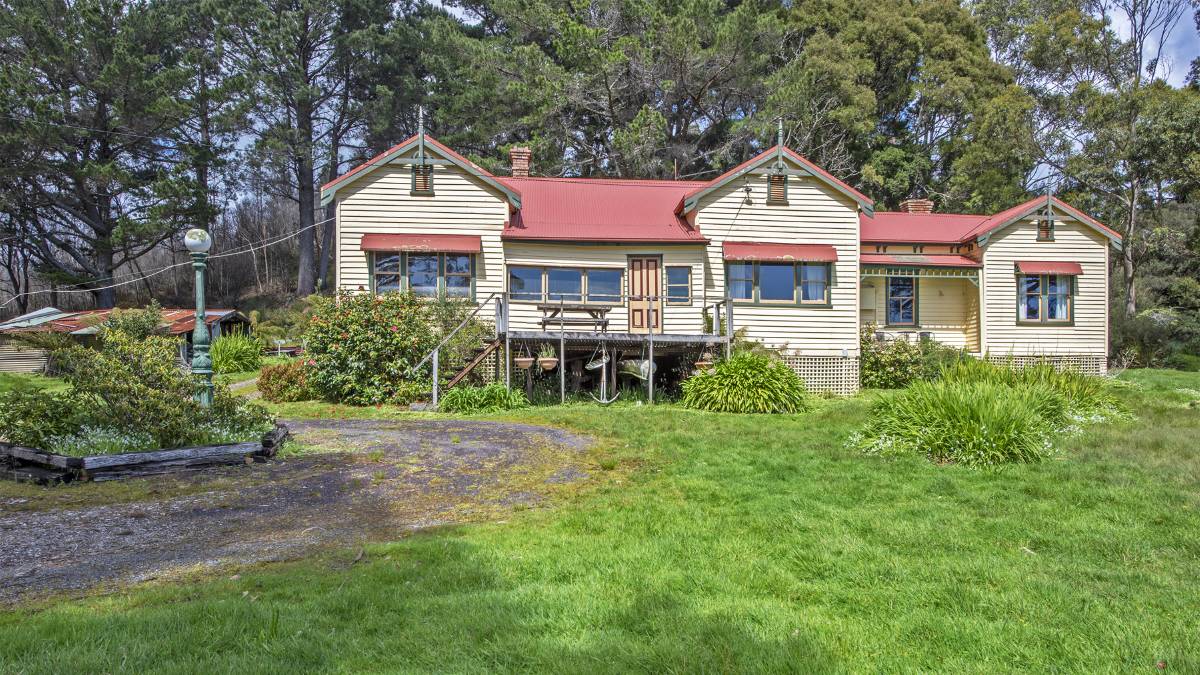
In relation to the “Bay of Fires” eight-part series, I hope to watch all of it to see how the film producers use these surroundings to develop the plot. The house where the characters played by Marta Dusseldorp and her two children live is the old hospital at Strahan, which lies not far from our property. Unfortunately, when you know a place as well as I do, I can’t help trying to spot the actual location, and see how much script licence has been taken. The problem is that you tend to lose the plot in more ways than one.
These refugees are kept awake by Tasmanian devils. I suppose this spices the plot up, but I’ve never heard them, let alone have them keep me awake. They do not substitute for wolves.
Anyway, the plot seems to have a certain similarity to others of that ilk – good people being pursued by bad men into a community where there are dark secrets. I can visualise many of the places here on the West Coast, where dramatic cliches can be very well enacted. At the end of the first episode our heroine, having crashed through the house floor, sees something growing under the house … which the second episode confirms is a marijuana crop.
The second episode extends the sets to a Queenstown motel, distinguished by the characteristic bare peak of one of its mountains peeping over the roof of the motel. The location of the final scene seems to be at Nelson Falls on the other side of Queenstown, where the Dusseldorp character finds the body of the local real estate agent, who has been murdered. I’m now getting more and more involved in the story, rather than just analysing the background.
What you find on YouTube
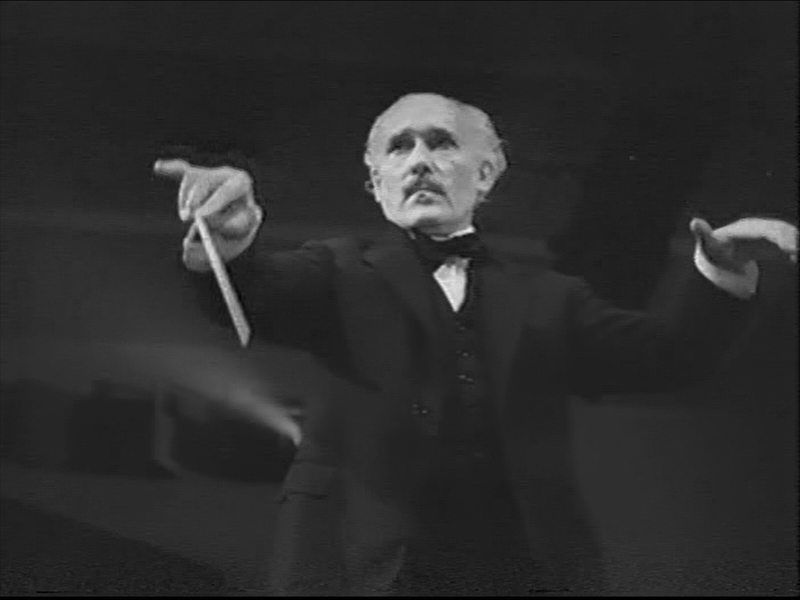
In 1944, to honour the Allied victory in Italy, legendary conductor Arturo Toscanini–a refugee from Fascism in his home country–decided to conduct a performance of Verdi’s “Hymn of the Nations”. “Hymn” is a composition that Verdi originally built around the national anthems of Britain, France, and Italy. In order to honour all four of the major Allies, Toscanini decided to add “The Star-Spangled Banner” for the U.S. and “The Internationale” for the Soviet Union.
The music was performed by the NBC Symphony Orchestra, with the Westminster Choir and the great tenor Jan Peerce as soloist; conducted by Toscanini. It was filmed as a featurette to be shown in movie theatres, and was narrated by Burgess Meredith. In the early 50’s, at the height of the Red Scare and McCarthyism, U.S. censors excised the portion of this performance that featured the “Internationale”. For years the sequence containing The Internationale was considered forever lost. But recently a copy of this missing piece of film was rediscovered in Alaska. So now this rousing rendition of the Internationale–together with chorale and orchestra under the direction of a great conductor–can be enjoyed again.
Mouse Whisper
North of Zeehan is the Pieman River. There is a car ferry to enable travellers to cross the river and the cost given that I could, on a good day, swim across was for years $10. (Recently increased to $20 for a three-minute crossing.) When you think about it, it’s an outrageous fee scale. In the $10 days, there was an additional hurdle to cross the river. If you pressed the call button more than once, the ferryman at the time – as punishment – would not come out from his hut in Corinna, the tiny settlement on the northern side of the river. Thankfully he has gone.
In relation to the name, Pieman, the legend is that there was a convict who escaped from the penal colony at Macquarie Harbour with other convicts, and as they all starved, he killed them serially and turned them into meat pies.
Not true, but a good, if gory, story. This man, Alexander Pearce was in a fact a serial cannibal. The actual pieman was another convict, who also escaped from the same penal colony at Macquarie Harbour. He was indeed a pastry cook, but not a cannibal. There is no record that the two ever met and exchanged recipes.
But awaiting us is the film, perhaps Pie are squared.
